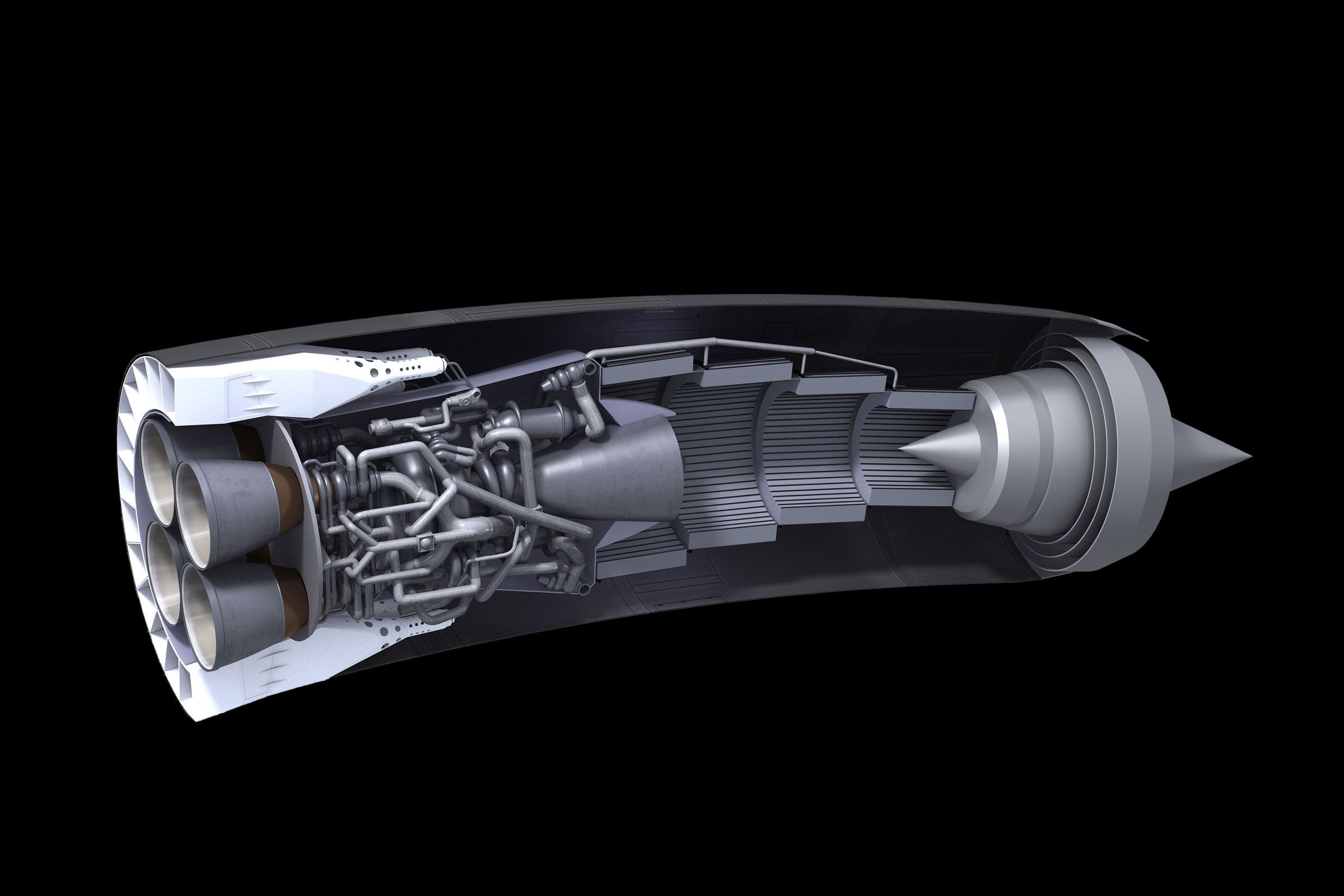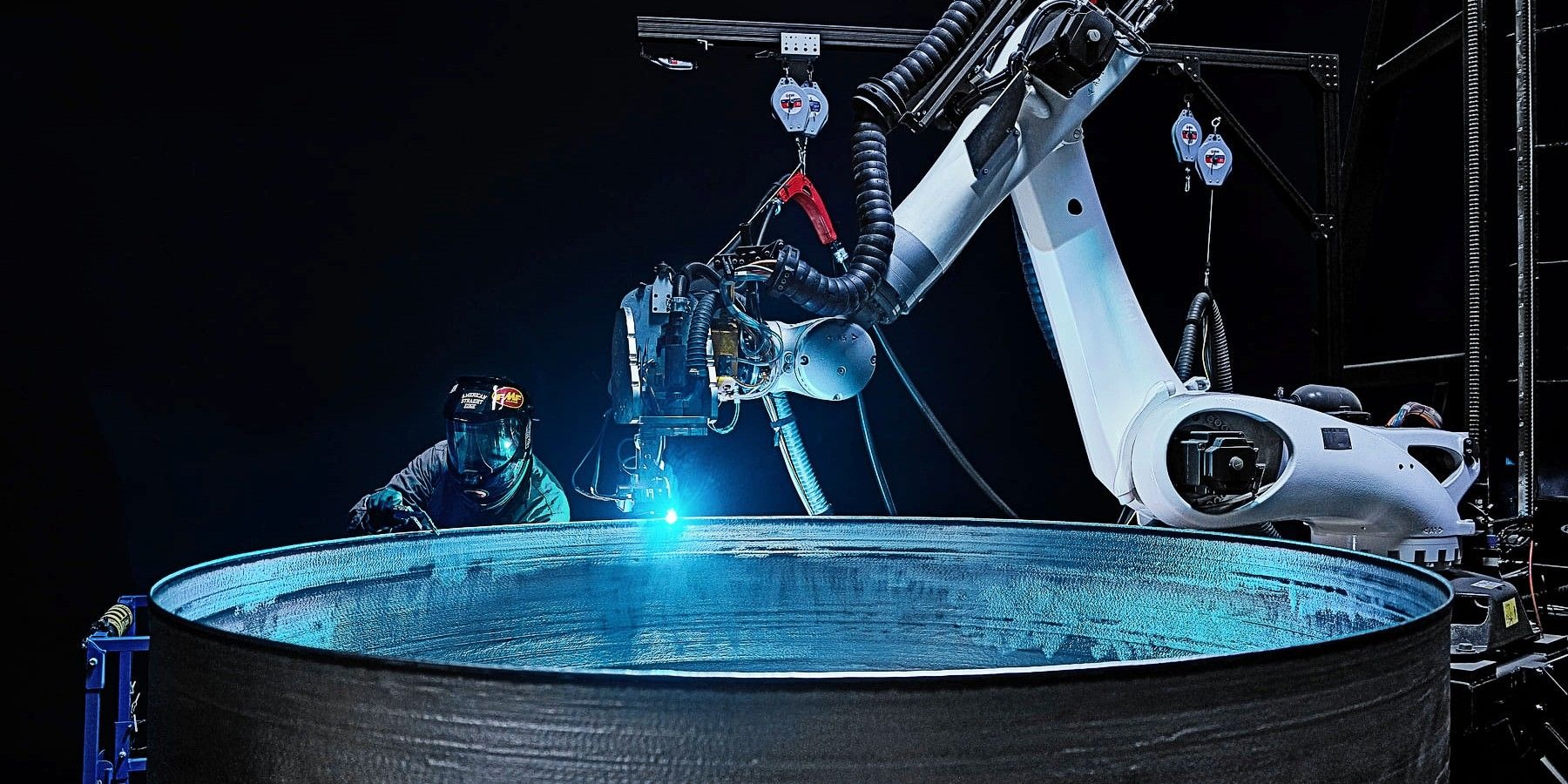Imagine a massive spacecraft, towering over a launchpad, waiting to be sent into orbit. When its engines roar to life, they create a huge amount of fire and smoke, and they push the rocket off the ground with an incredible force. This force, called thrust, is what makes space travel possible. But how do these powerful engines actually work?
The science behind rocket engines is not as complex as you might think. It is based on a very simple and important rule of physics, and it uses a clever system of fuel and oxygen to create a powerful force that can lift a huge object into space. In this article, we will take a deep dive into the simple science behind how modern rocket engines work, from the basic principle of a balloon to the different types of engines that are being used to take us to the stars.
The Simple Science: Newton’s Third Law
The entire idea of rocket propulsion is based on one of the most important rules of physics, Newton’s Third Law of Motion. This law says that for every action, there is an equal and opposite reaction.
Think about a balloon. If you blow up a balloon and then let it go, the air rushes out of the neck of the balloon in one direction. The balloon itself then shoots off in the opposite direction. The air rushing out is the “action,” and the balloon flying away is the “reaction.”
A rocket engine works in the exact same way. It shoots out a huge amount of very hot, fast-moving gas from the bottom of the rocket (the action). In reaction to this, a powerful force pushes the rocket in the opposite direction, lifting it up and into space (the reaction). A rocket engine doesn’t need air to push against; it can work in the vacuum of space, which is why it is the perfect engine for space travel.
The Main Ingredients: Fuel and Oxygen
For a rocket engine to work, it needs to create a lot of hot, fast-moving gas. To do this, it needs two main ingredients: a fuel and an oxidizer.
- Fuel: The fuel is what burns to create the hot gas. It can be a liquid, like kerosene or liquid hydrogen, or it can be a solid, like the fuel in a firework.
- Oxidizer: The oxidizer is the oxygen that the fuel needs to burn. On Earth, a jet engine can use the oxygen in the atmosphere to burn its fuel. But a rocket has to work in space, where there is no oxygen. So, a rocket has to carry its own oxidizer, which is usually a liquid oxygen that is cooled to a very low temperature.
The rocket engine’s job is to mix the fuel and the oxidizer together in a special room, where they are burned to create a huge amount of very hot, high-pressure gas.
The Two Main Types of Rocket Engines
Modern rockets use two main types of engines, and each one has its own strengths and weaknesses.
Liquid-Fueled Rockets
A liquid-fueled rocket is the most common type of rocket engine. It has separate tanks for the liquid fuel and the liquid oxidizer. The two liquids are pumped into a special chamber, where they are mixed and burned.
- How They Work: The fuel and oxidizer are pumped into a combustion chamber at a very high pressure. Inside the chamber, they are ignited and burned. This creates a huge amount of very hot, high-pressure gas. The gas then rushes out of the back of the rocket through a nozzle, which directs the gas and creates a powerful thrust.
- Key Benefits: The main benefit of a liquid-fueled rocket is that you can control it. You can turn the engine on and off, and you can change the amount of thrust it creates. This is very important for a mission where you need to be very precise with your speed and direction. The Space Shuttle’s main engines and SpaceX’s Merlin engines are examples of liquid-fueled rockets.
Solid-Fueled Rockets
A solid-fueled rocket is a much simpler kind of engine. It has its fuel and oxidizer already mixed together in a solid form, like the fuel in a firework. This solid mixture is packed into a rocket casing.
- How They Work: The solid fuel and oxidizer mixture is ignited, and it burns very quickly to create a huge amount of very hot gas. The gas then rushes out of the nozzle to create a powerful thrust.
- Key Benefits and Drawbacks: The main benefit of a solid-fueled rocket is that it is very powerful and simple. It can create a huge amount of thrust in a very short amount of time. But the main drawback is that you cannot control it. Once the fuel is ignited, you cannot turn it off. The Space Shuttle’s solid rocket boosters were an example of a solid-fueled rocket.
The Engine’s Parts: A Look Inside
Every rocket engine, no matter if it is liquid or solid-fueled, has a few main parts that are essential for it to work.
- The Combustion Chamber: This is where the magic happens. The fuel and oxidizer are mixed and burned in this chamber. The goal is to create a huge amount of very hot, high-pressure gas.
- The Nozzle: The nozzle is a very important part of the rocket engine. It is a cone-shaped tube that directs the hot gas out of the rocket. The gas enters the nozzle at a high pressure and then expands as it leaves the nozzle. This expansion makes the gas go even faster and creates a powerful thrust. You can think of it like a garden hose nozzle. When you put your thumb over the end of the hose, the water comes out in a narrow, fast-moving stream. The nozzle does the same thing for the gas.
- Pumps and Tanks: In a liquid-fueled rocket, there are huge fuel and oxidizer tanks. There are also very powerful pumps that push the liquids into the combustion chamber at a very high pressure.
Beyond Chemical Rockets: The Future of Propulsion
While liquid and solid-fueled rockets are the main engines we use today, scientists are also working on new and more futuristic types of propulsion for the future.
- Ion Propulsion: An ion engine works by using electricity to accelerate charged particles, or ions, out of the back of the rocket. It has a very low thrust, so it can’t be used to launch a rocket from Earth. But it is very efficient. It can use a very small amount of fuel to create a small amount of thrust for a very long time, which is perfect for a long trip to a distant planet.
- Nuclear Thermal Propulsion: A nuclear thermal rocket would use a small nuclear reactor to heat up a liquid gas, like hydrogen, to a very high temperature. The hot gas would then be shot out of a nozzle to create a powerful thrust. This kind of rocket would be much more efficient than a chemical rocket, and it could be used to get to Mars in a much shorter amount of time.
These new ideas are still in the early stages of development, but they show a lot of promise for the future of space travel.
Conclusion
A rocket engine works on a simple but powerful principle, Newton’s Third Law of Motion. It shoots out a huge amount of hot, fast-moving gas from the back of the rocket, and in reaction, it gets pushed in the opposite direction. There are two main types of engines, liquid and solid-fueled, and each one has its own benefits and uses. The engines are made of a combustion chamber, where the fuel and oxidizer are burned, and a nozzle, which directs the gas to create a powerful thrust.
The power of these rocket engines has allowed us to leave our planet, to travel to the Moon, and to send probes to the distant planets of our solar system. The engines that we use today are a testament to our ingenuity and our desire to explore the unknown. They are the engines of a new era of space exploration, and they are the machines that will one day take us to the stars.










